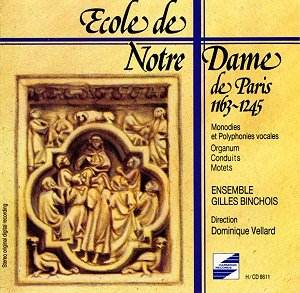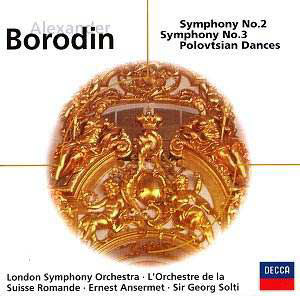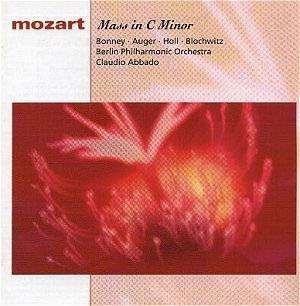 Composer: Ecole de Notre Dame de Paris
Composer: Ecole de Notre Dame de Paris
Works: Monody and Polyphony – Organum, Motets, and Conductus
Performers: Ensemble Gilles Binchois, directed by Dominique Vellard
Recording: Recorded at Saint-Martin’s Collegiate Church, Champeux, France, August 1986
Label: Harmonic Records HCD 8611
The Ecole de Notre Dame de Paris, flourishing from the mid-12th to the mid-13th century, represents a pivotal moment in the evolution of Western music, bridging the gap between plainchant and the burgeoning polyphonic tradition. The works collected on this recording encapsulate the rich tapestry of sacred music from this esteemed school, with pieces attributed to the seminal figures of Léonin and Pérotin. This recording, originally released in 1987 and now reexamined, offers a substantial glimpse into the liturgical richness of medieval Paris, coinciding with the architectural grandeur of the Notre Dame Cathedral.
The Ensemble Gilles Binchois, under the direction of Dominique Vellard, endeavors to convey the nuances of this repertoire, though the results are decidedly mixed. The opening track, “Alleluia Nativitas,” suffers from a sluggish tempo that obscures the rhythmic drive inherent to Léonin’s two-part organum. This lack of vitality is particularly disappointing, as the drive and energy are essential to fully realizing the text’s celebratory essence. The contrast between the men’s and women’s voices is notable throughout the recording; the women’s sections exhibit a clarity and precision often lacking in the male parts, which can at times feel heavy and lethargic.
As the disc progresses, there are moments where the ensemble’s vigor shines through, particularly in the three-part motets like “Stella Serena” and “Gaudeat Devotio Fidelium.” Here, the interplay of voices is more effectively articulated, allowing the listener to appreciate the intricate counterpoint characteristic of Pérotin’s style. The ensemble’s ability to navigate the delicate balance between the individual lines while maintaining the ensemble’s homogeneity is commendable. However, the overall impact is occasionally marred by a lack of dynamic contrast that could bring these performances to life.
The recording quality merits attention; captured in the reverberant acoustics of a medieval church, the sounds often blend into a murky wash, which can obscure the clarity of individual lines. This is particularly evident in denser textures, where the intricate weave of counterpoint becomes indistinct. Such sonic challenges detract from the engaging qualities of the music, making it difficult for listeners to discern the individual contributions of each voice.
Comparatively, this recording may not stand up against more recent interpretations of the Notre Dame repertoire, such as those by Gothic Voices or the Hilliard Ensemble. These ensembles not only present a more vibrant and rhythmically compelling performance but also benefit from modern recording techniques that enhance clarity and separation of lines. The ethereal “O Summa Regis Mater Inclita,” while beautifully sung, feels overshadowed by the more spirited and nuanced interpretations available elsewhere.
The accompanying essay by Dominique Vellard is a noteworthy addition, enriching the listener’s understanding of the historical context and significance of the repertoire. Unfortunately, the lack of full translations of the texts limits accessibility for a broader audience, which is a missed opportunity for engagement.
This recording offers an essential exploration of a formative period in Western music history, but the ensemble’s interpretations may leave listeners yearning for the more spirited and precise performances that modern ensembles have come to provide. The historical significance of the repertoire cannot be overstated, yet its execution here does not fully capture the vibrancy and complexity that define the music of the Ecole de Notre Dame.



